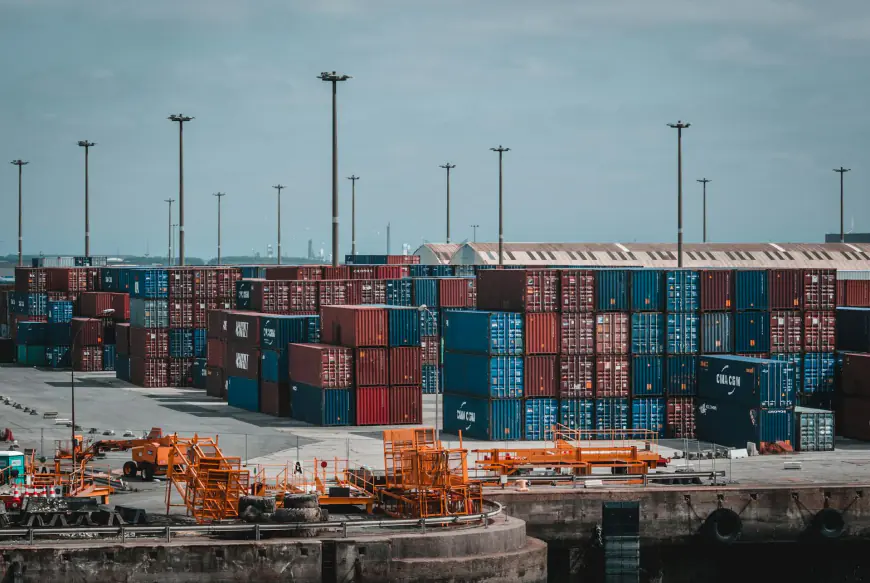How to Import Products from China to Pakistan: Comprehensive Guide
Unlock the secrets of importing products from China to Pakistan. Learn the detailed process, from selecting the right platform to dealing with customs, in this step-by-step guide for both novice and experienced Pakistani entrepreneurs.

Assalam Wailkum, welcome to our in-depth guide designed to empower Pakistani entrepreneurs eager to navigate the complexities of importing goods from China. This post caters to the common concerns and challenges when ordering products in bulk, focusing on the step-by-step methodology to streamline your import process.
Understanding the Basics of Importing
Beginning Your Import Journey
Many Pakistani business owners are keen on tapping into the vast market of Chinese goods, aiming to import and sell them locally. The initial step is to acquire comprehensive knowledge about the product you intend to import, ensuring a firm grasp of market demand and specifications.
Identifying Reliable Freight Forwarding Partners
It's crucial to have contacts with reliable freight forwarding companies or agents in Pakistan. These partners play a pivotal role in the logistics of your import operation, assisting with shipment consolidation, customs clearance, and delivery.
Detailed Import Process
Step 1: Product and Supplier Research
- Product Knowledge: Understand your product thoroughly. This knowledge dictates the rest of the import process, influencing quantity, price, and logistics decisions.
- Finding the Right Platform: Platforms like Alibaba are instrumental for B2B transactions, connecting you with reputable suppliers and manufacturers. For smaller, consumer-focused purchases, Ali Express serves as a suitable alternative.
Step 2: Engaging with Suppliers
- Initiating Contact: Once you've identified a potential supplier, engage in detailed communication. Request comprehensive product specifications, pictures, and demo videos.
- Company Profiles: Understand that many suppliers are agents or intermediaries. While they might not have elaborate profiles, their ability to provide varied demos can indicate their service scope and reliability.
Step 3: Placing Your Order
- Bulk Ordering: Emphasize bulk purchases to optimize cost-efficiency. Small orders incur higher shipping rates and reduce your margin.
- Understanding Logistics: Coordinate with your freight forwarder to understand shipping costs, customs duties, and local transportation charges. Ensure the receipt of a proforma invoice and a packing list detailing the shipment's weight and volume.
Step 4: Customs and Delivery
- Customs Clearance: Your freight forwarder should manage customs clearance, but it's essential to be informed about the process and associated costs.
- Final Delivery: Your products will be delivered to your designated address upon clearance. Tracking options should be available to monitor the shipment's progress.
Conclusion: Navigating Import Challenges
Pakistani entrepreneurs can mitigate risks and optimize their import strategies by thoroughly understanding each phase of the import process, from product selection to final delivery. Persistence, detailed research, and strategic planning are essential to successful international trading.
Final Advice: Stay informed, be proactive, and don't hesitate to seek professional advice when needed. With the right approach, importing from China can be a lucrative business venture. Feel free to ask questions or for further assistance on your import journey. Pakistan Zindabad!









